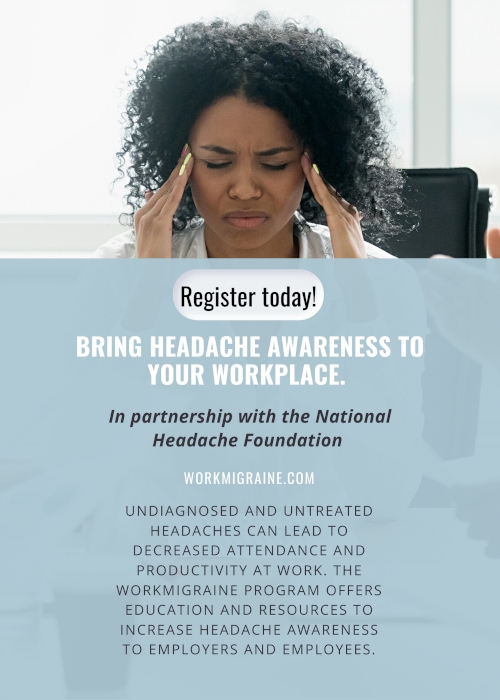Health Benefits of Massage
Saturday, June 27th, 2020
Each July we observe Every Body Deserves a Massage Week to promote the health benefits of Massage in our communities. Often we think of massage as merely a luxury or spa type of experience. However, we will see that given its health benefits, it’s much more than that. More than just loosening tight muscles and being relaxing overall, massage can provide some real relief from a variety of health issues.
Health Benefits of Massage
Increase in Serotonin Levels
Massage has been found to increase serotonin levels in the brain, our brain’s “happy” chemical. More serotonin production has led to a decrease in chronic pain like fibromyalgia sufferers. It’s also shown to help decrease back pain, headaches, and even arthritis. Massage has been known to lower inflammation throughout the body, alleviating many conditions stemming from inflammation.

Rising levels of serotonin can also contribute to a better night’s sleep. Those who suffer from insomnia have found massage to be a great natural alternative to the many habit-forming medications currently prescribed as sleep aids. There are no long term side effects to massage as there are with narcotics making it a much safer choice.
A Decrease in Cortisol Hormone
Cortisol, our stress hormone, is responsible for much of our body’s ailments. Massage has a relaxing effect that decreases stress. This alleviates tension headaches, lower back pain, anxiety, and even depression.
A drop in cortisol levels can also help decrease blood glucose, making it extremely beneficial to diabetics. The increased blood flow provided by massage helps promote the effectiveness of insulin in the body, providing better blood glucose levels.
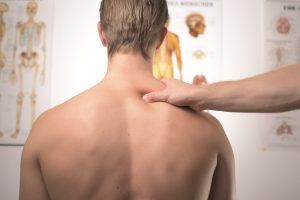
Increased circulation and decreased inflammation can also contribute to a better range of motion and flexibility. People with high blood pressure have also found frequent massage to be effective in lowering blood pressure.
Stimulation of The Lymphatic System
The lymphatic system carries fluid throughout the body. Health conditions that interrupt this flow contribute to swelling and lymph fluid build-up. Things like infections and cancer treatments can damage lymph nodes and create problems like lymphedema. Certain types of massage help to improve the lymphatic system, restoring the body’s natural processes.
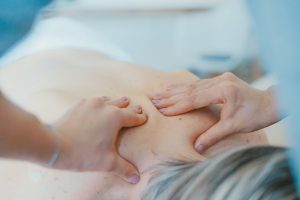
As with any medical treatment, it’s best to consult with your physician about what methods might be best for you. Most of the health benefits listed here are found through regular massage treatments. Please visit our Wellness Observance Calendar for more information on Massage and to stay up to date on future health observances.
Symptoms & Risk Factors of Diabetes
Wednesday, November 6th, 2019
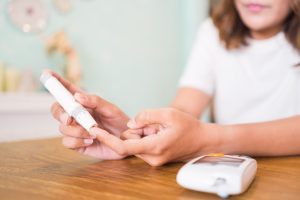
Diabetes is one of the leading causes of disability and death in the United States. One in 10 Americans have diabetes — that’s more than 30 million people. And another 84 million adults in the United States are at high risk of developing type 2 diabetes. To raise awareness about diabetes and healthy living, we are proudly participating in American Diabetes Month.
There are two types of Diabetes. Type 1 Diabetes is typically referred to as Juvenile Diabetes since it is usually diagnosed in Childhood. This type is characterized by an autoimmune disorder that attacks insulin in the body. Without insulin, our bodies are unable to covert sugar or glucose into energy. This can lead to various health issues as we’ll get to later in this post.
Type 2 Diabetes can be developed at any point in life from high levels of blood sugar. Over time, the body becomes resistant to insulin. The great news about type 2 Diabetes is that it is not only preventable but can even be reversed in the early stages.
So how do you know if you have diabetes? There are several warning signs and risk factors to keep in mind. Early detection is key for being able to reverse type 2 Diabetes. But with lifestyle changes in a healthy diet and physical activity, it is very possible.
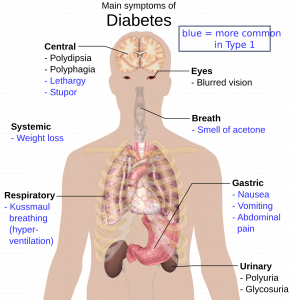
Are You At Risk?
First, it’s important to know your risk factors. Are you someone who is at a higher risk than others at developing Diabetes? You can take a quick one-minute risk assessment test here.
Gender is one risk factor. If you’re a male you are much more likely to develop type 2 diabetes. This could be related to the fact that men tend to extra weight around their middles. Obesity is the largest risk factor and responsible for over 90% of those individuals diagnosed.
Obesity is an issue, mostly because of the lifestyle habits that lead to being overweight. A sedentary lifestyle and diets high in fat and sugar are a perfect combination for diabetes. This is great news since these things are in our control to change! Simply eating more vegetables, leaner meats and reducing soda intake can go a long way in changing our bodies.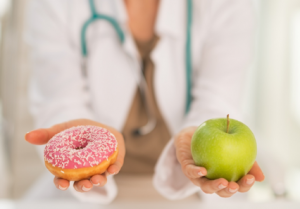
Physical activity doesn’t have to look like high-intensity circuits to achieve health. Going for thirty-minute walks a few times a week is sufficient. Look for opportunities to sneak in extra activity by parking further from the supermarket, or taking the stairs at work. These small adjustments can lead to big results in your health and reversal of pre-diabetes (People with “pre-diabetes” have higher than normal blood sugar levels, but not diabetes yet).
Other risk factors include smoking, excess alcohol, family history, poor sleep habits, high blood pressure and high cholesterol. See your doctor regularly and ask them to check your blood sugar if you have concerns.
Warning Signs of Type 2 Diabetes
- Fatigue
- Frequent Urination
- Increased Thirst
- Insatiable Hunger
- Slow-healing wounds
- Blurry Vision
- Tingling in Hands and Feet
- Frequent Yeast Infections
For more about the reasons behind these symptoms, visit the Medical News Today article that explains more. If you or someone you know is exhibiting any of these signs, make an appointment with a doctor. Diabetes that is left unchecked can lead to all sorts of health complications including heart disease, kidney disease, stroke and more. Early detection is key. For more information and resources on Diabetes Month, visit our Wellness Calendar.

